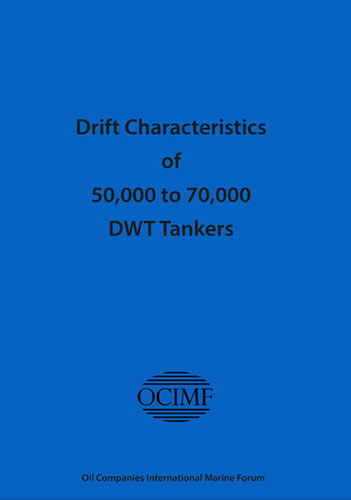Сб с 10 до 16
Drift Characteristics of 50,000 to 70,000 DWT Tankers/Характеристики дрейфа танкеров дедвейтом от 50 до 70 тысяч тонн
Издание на английском языке
Following investigations into drift characteristics, it was discovered that results obtained for VLCCs were not necessarily indicative of the behaviour of smaller vessels. Concern was expressed by the American Institute of Merchant Shipping (AIMS) for the need to include within the scope of the studies details for vessels of the 50,000 to 70,000 dwt range, particularly in view of the present numbers of these ships.
Computer programs were developed by the National Maritime Institute (NMI) to assess drift behaviour of these ships, which required validation. Some free model experiments were carried out to investigate wave drift forces and also to determine the accuracy of results obtained.
The Oil Companies International Marine Forum (OCIMF) and the NMI worked together upon the project to estimate the effects of wind, waves and current upon the drift track, heading and speed of such vessels under a variety of conditions.
Contents
1 Introduction
2 Conduct of the study
3 Model experiments
3.1 The ship model
3.2 The experiments
3.3 Results obtained
3.4 Discussion of results
4 Validation of computer prediction
5 Predictions of drift
5.1 General
5.2 Drift estimation curves
5.3 Effect of latitude
5.4 Effect of ship size
6 General discussion
7 Conclusions
8 References
9 Nomenclature
Appendix




